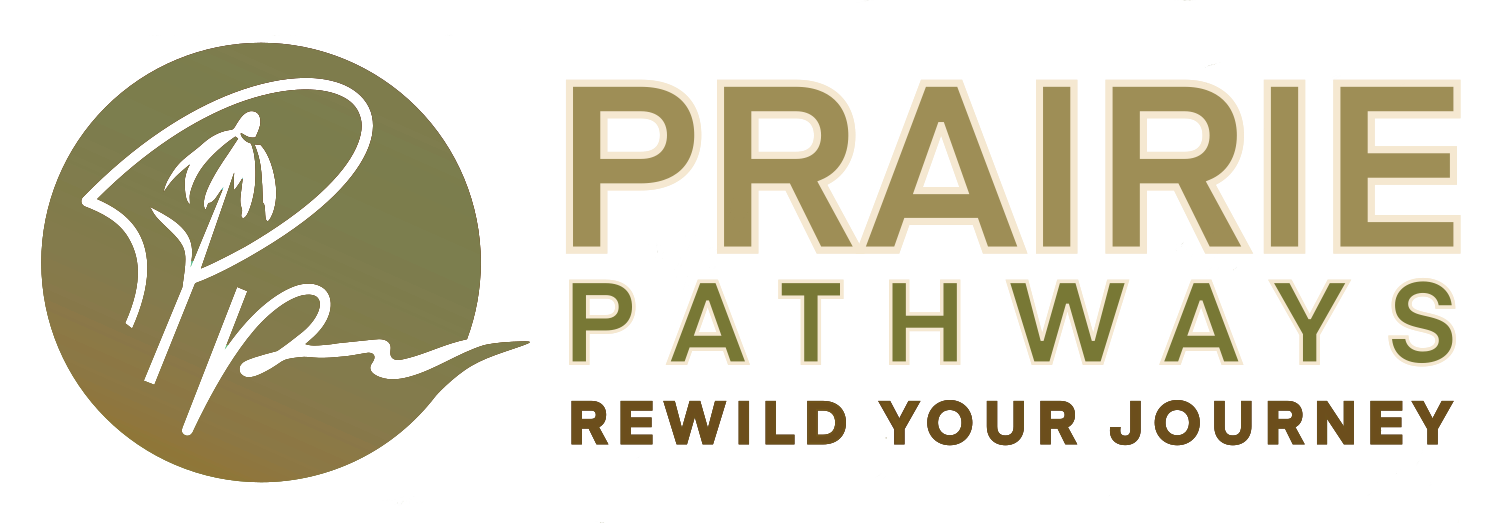It’s time to think about…Spring!
Yes, you read that right. The next few weeks present a great opportunity to put some plants in the ground that you would like to enjoy next spring.
From bulbs to perennials, spring ephemerals and shrubs, fall is a great time to plant. It’s cooler outside, the ground has not yet hardened, and we can walk our wee patch of earth to see where we might want to add some laughter for next year (cue Ralph Waldo Emerson here, the “Earth laughs in flowers”).
Flowers are key elements in the garden, not only because they look or smell beautiful, but because most of them provide food for pollinators and other beneficial insects (in the form of nectar and pollen). Despite their significance, a “floral deficit” exists in many gardens where grass and a few nonflowering plants preside over the landscape. Without flowers, there’s no food for pollinators. Without pollinators there’s, well, less food for us. Forget apples, watermelon, okra, berries, zucchini, cucumbers…you get the picture.
Pollinators and other beneficial insects especially need a helping hand in springtime when they are coming out of hibernation and the floral deficit is high. Because our natural areas have largely been taken over by invasive plants, such as garlic mustard, honeysuckle and buckthorn, spring ephemerals that would otherwise have grown in those spaces find it nigh impossible to do so. Thus, our gardens become a much-needed source of food for these essential creatures, if we choose to include early blooming flowers in our planting beds.
Early blooming flowers include daffodils and tulips, as well as spring ephemerals. If going the route of daffodils and tulips, it’s important not to plant hybridized plants, which may be sterile and thereby offer nothing by way of nectar and pollen. Spring ephemerals are perennials that go dormant after their spring flowering. Spring beauty, Virginia bluebells and Dutchman’s breeches are examples of native spring ephemerals. They are good to plant in areas where summer plants will succeed them in bloom. Other early flowering plants include Jacob’s ladder and golden alexanders, which retain their foliage after flowering (note, though, that golden alexanders require more upkeep as they self-seed readily).
So take a stroll in your garden and see where a flash of spring color (and a pollinator life-line) can be added to your space. Then check out what our local garden centers have to offer by way of bulbs and spring ephemerals. If they are running low on inventory, consider online venues such as Prairie Moon Nursery and Prairie Nursery. And who knows? Perhaps by digging in the earth and placing some of these flowering plants in your garden now, it might lead to some smiles (if not laughter) come spring. Either way, the pollinators will surely be happy.
Resources
Bhalsod, Gemini. 2022. University of Illinois Extension. “Early blooming spring ephemerals flowers welcome warmer weather.” https://extension.illinois.edu/news-releases/early-blooming-spring-ephemerals-flowers-welcome-warmer-weather.
Forest Preserve District of DuPage County. 2019. “Spring Woodland Wildflower Guide.”
https://www.dupageforest.org/blog/spring-wildflower-guide.
Prairie Moon Nursery. No date. https://www.prairiemoon.com/plants/#/filter:bloom_time:April.
Prairie Nursery. No date. “Spring ephemerals.” https://www.prairienursery.com/plants-seeds/native-plants/spring-ephemerals.html.

